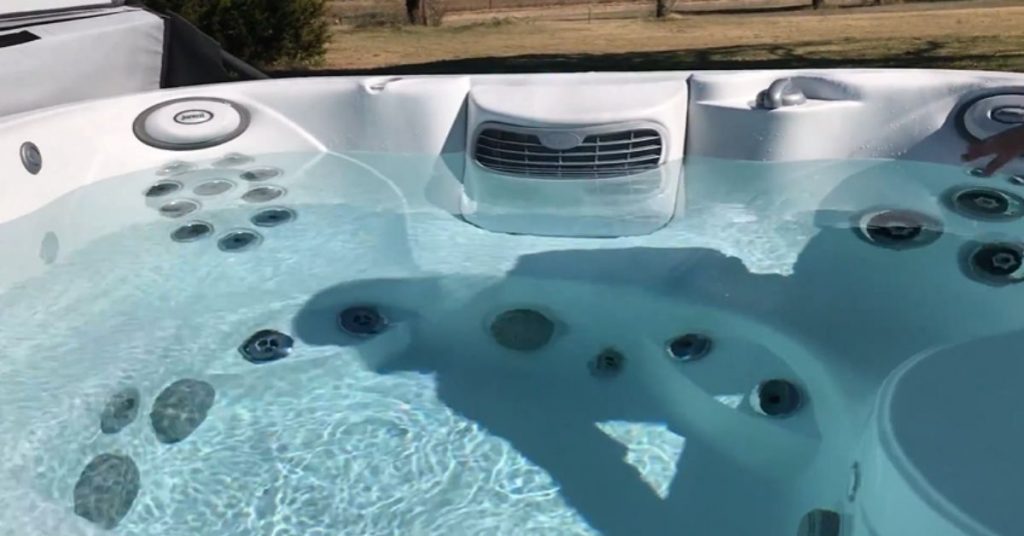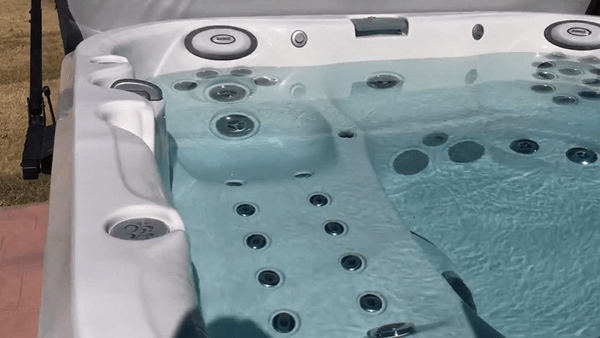In this post, we'll talk about commonly used methods of raising hardness in hot tubs and why doing them can benefit your hot tub's overall performance.
If you're looking to increase the water hardness of your hot tub, then you'll want to know about the different methods available. Some methods are easy to implement, while others require professional help. We'll go through each method, as well as why they work and what you should expect to see after implementing them.
What is Total Hardness and Why Is It Important?
Total hardness is the measurement of minerals dissolved in water. When hardness increases, it means the water contains more dissolved minerals. Calcium and magnesium are the main minerals responsible for total hardness.
Water hardness may seem pretty harmless. After all, it's just calcium. And unlike chlorine or muriatic acid, it doesn't burn or irritate the skin. However, calcium can cause many problems for your hot tub if you're unaware of how much of it is in your hot tub or you don't know how to manage water hardness.
What Happens If You Have Too Little Calcium in Your Hot Tub?
Calcium hardness can affect your hot tub's water chemistry. If hot tub water is too 'soft,' i.e., it doesn't have enough calcium, it can turn acidic or have a low pH. This increases the risk of corrosion, shortens your hot tub's life span, and can cost you a ton of money on repairs.


Another common problem with too little calcium is hot tub foam. This occurs when the water has a low pH allowing air to incorporate into the water. Calcium prevents this by raising hardness and pH levels.
How to Know If Your Hot Tub Water is Too 'Soft'
There are a couple of different ways to test the water quality in your hot tub or spa. You can purchase a water test kit at the local home improvement store. These kits are a quick and easy way to test your hot tub. They allow you to check the total hardness of the water and the amount of calcium in the water.
You can then compare that to the hardness of water recommended by the manufacturer. If you want to test the pH level of your water, a pH test kit is what you will need.
Water hardness is measured in parts per million (ppm). For example, soft water would be 50 ppm. A medium would be 100 ppm, and a hard would be 150-250 ppm. The harder the water, the more minerals and chemicals are dissolved in it.
The LSI is used to determine if your water is balanced properly. It uses calcium hardness as a reference point. In other words, it tells you what calcium hardness level your water is in relation to different water conditions.
Raise Hardness Using Calcium Chloride
Calcium chloride is either hydrated or anhydrous. They're both highly concentrated, so you need to check other products used in your hot tub for calcium content to avoid raising calcium levels too much.


Here are the steps to raise hardness using calcium chloride:
Here's how to add calcium chloride to your hot tub:
- Power down your hot tub and check the calcium level using test kits or strips.
- Follow dosage instructions on how much calcium chloride to add. In most cases, an ounce is enough to raise calcium by ten ppm in a six-person hot tub. Do the math for smaller hot tubs.
- Dissolve calcium chloride in a bucket of water and pour the solution into the hot tub.
- Turn on the pump and let it circulate for a couple of hours.
- Check the calcium level and repeat if necessary. Note: it's best to do it incrementally than add an extra step to lower the calcium level if it goes too high.
Key Takeaways: Some hot tub products already contain calcium. Read the label before adding calcium chloride and do it incrementally.
Raise Hardness Using Calcium Hypochlorite
Calcium hypochlorite is a popular sanitizer used to clean swimming pools and spas. The main ingredient in this product is calcium hypochlorite. It is used to increase the amount of chlorine available in the pool. Calcium hypochlorite raises the chlorine level by adding free chlorine.
Calcium hypochlorite raises calcium by 0.8 ppm for every ppm of chlorine. In other words, if your chlorine level went up 30 ppm after using it, your calcium level would have gone up by 24 ppm. So it's not just a chlorine shock; it also doubles as a calcium increaser. The downside is it only works well with big bodies of water like swimming pools. Using it in hot tubs might result in having too much calcium, which is equally bad for your hot tub's plumbing and fittings.


Key Takeaways: You can hit two birds with one stone using calcium hypochlorite as a chlorine shock and calcium increaser, but it may not work well with small bodies of water like hot tubs because it can cause a spike in calcium levels.
Conclusion
Using any of these methods will raise your hardness in your hot tub. Always check your hot tub's water chemistry before putting anything in; in this case, your hot tub's calcium level. It's important not to overdo and to exercise caution when using these products to avoid spending money unnecessarily and spend more time enjoying your hot tub.
